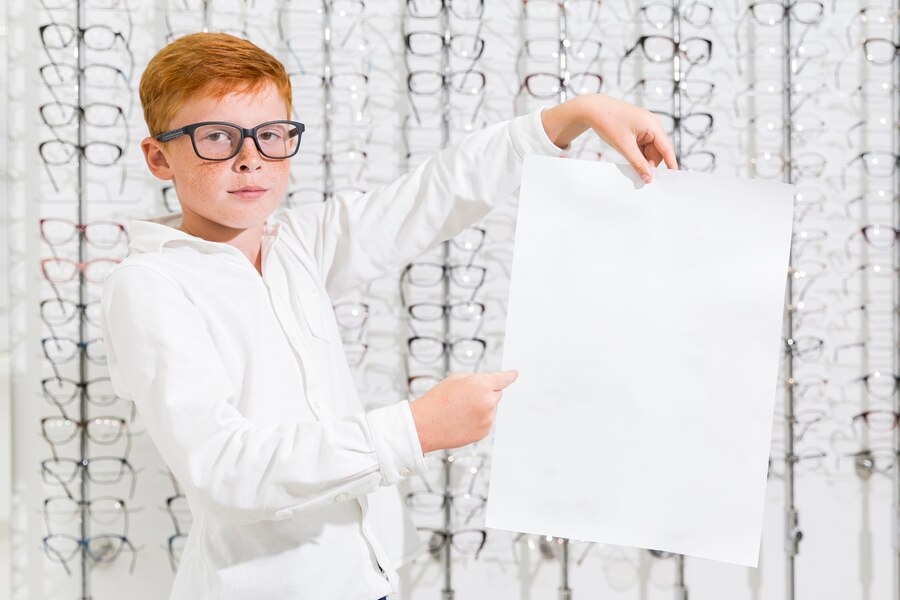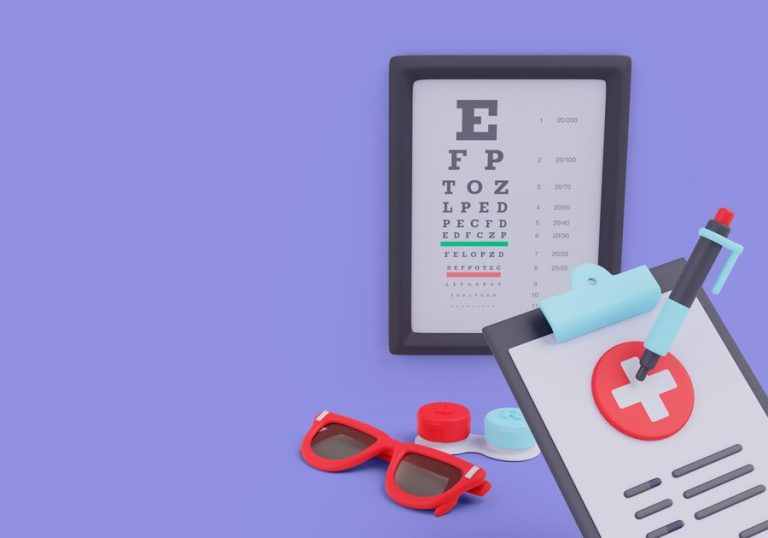Special Considerations In Eyeglass Prescriptions
Eyeglass prescriptions serve as personalized guides to address refractive errors and ensure optimal vision correction. While most prescriptions cover the primary aspects of nearsightedness, farsightedness, and astigmatism, there are special considerations that eye care professionals take into account to meet individual needs. In this comprehensive article, we will delve into the nuances of special considerations in eyeglass prescriptions, exploring factors such as prism correction, base direction, and unique challenges that may require additional attention.
Understanding Basic Eyeglass Prescriptions
Before delving into special considerations, it’s crucial to understand the fundamental components of an eyeglass prescription. The prescription typically includes:
- Sphere (S): Indicates the lens power needed to correct nearsightedness (-) or farsightedness (+).
- Cylinder (C): Addresses astigmatism, indicating the degree of lens power needed for cylindrical correction.
- Axis: Specifies the orientation of the cylindrical correction to counter astigmatism.
Special Considerations
1. Prism Correction:
- What is Prism Correction?
Prism correction is prescribed to address eye alignment issues, such as double vision (diplopia), caused by misalignment of the eyes. - How is Prism Measured?
Prism correction is measured in prism diopters (Δ) and is specified by the direction (Base Up, Base Down, Base In, Base Out). - Conditions Requiring Prism Correction:
Strabismus, eye muscle imbalances, and neurological conditions may necessitate prism correction to align the visual axes properly. - Impact on Eyeglass Prescription:
When prism correction is needed, it is specified separately from the basic refractive errors in the prescription.
2. Base Direction:
- Understanding Base Direction:
Base direction refers to the orientation of the prism correction, indicating the direction in which the thickest part of the prism is positioned in the lens. - Base Up (BU), Base Down (BD), Base In (BI), Base Out (BO):
These terms describe the placement of the thickest part of the prism, and they are crucial in determining the proper alignment for correcting eye misalignment. - Clinical Applications:
Base Up may be used for conditions like convergence insufficiency, while Base In or Base Out may address horizontal misalignment.
3. High Prescriptions:
- Challenges of High Prescriptions:
Individuals with high refractive errors may experience challenges like distorted peripheral vision, thicker lenses, and cosmetic concerns. - Lens Materials and Designs:
Special consideration is given to choosing high-index lenses to reduce thickness and weight. Additionally, aspheric lens designs can minimize distortion in high prescriptions.
4. Presbyopia and Bifocals/Progressive Lenses:
- Introduction to Presbyopia:
Presbyopia is a natural age-related decline in near vision, making it difficult to focus on close objects. - Bifocals vs. Progressive Lenses:
Bifocals have two distinct segments for near and distance vision, while progressive lenses offer a seamless transition between different focal distances. - Considerations for Multifocal Lenses:
Eye care professionals carefully consider the patient’s lifestyle, occupation, and visual needs when prescribing multifocal lenses.
5. Occupational and Computer Prescriptions:
- Occupational Lenses:
Specific prescriptions may be recommended for occupational needs, such as computer work, to reduce eye strain and enhance visual comfort. - Blue Light Protection:
With the increasing use of digital devices, special coatings or lenses that filter blue light may be considered for extended screen time.
Conclusion
Eyeglass prescriptions go beyond simple corrections for nearsightedness and farsightedness, encompassing a range of considerations to address unique visual challenges. From prism correction for eye misalignment to choosing the right lenses for high prescriptions and presbyopia, eye care professionals tailor prescriptions to individual needs. As technology continues to advance, new solutions for special considerations in eyeglass prescriptions are likely to emerge, providing even more personalized and effective vision correction options. Regular eye examinations and open communication with eye care professionals are essential to ensuring that eyeglass prescriptions meet the specific requirements and preferences of each individual.
For any further queries, Plz visit drvivekgarg. in








